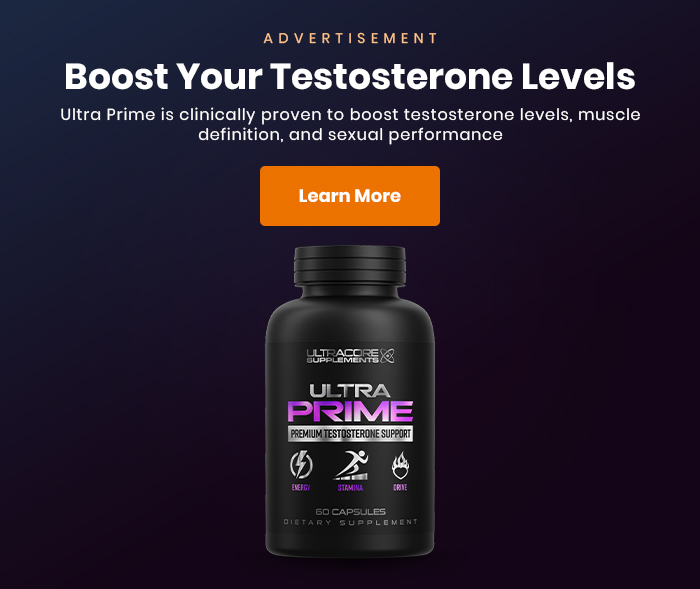If androgens are present in excessive amounts, it welcomes cardiovascular disease risk in men, baldness in women, and unwanted hair growth and male. If its levels are low, it can cause erectile dysfunction, reduced sex drive, and fatigue.
Therefore, it is evident that a hormonal balance in the body is exceptionally vital. These hormones are crucial as they enable your body to regulate blood sugar, govern your hunger, control mood, and activate your immune system. Let us jump into the pool of information regarding one such most vital hormone of our body, ‘Androgens’.
What are androgens?
Androgens can be described as a group of hormones present in the human body and act on a hormone receptor known as the androgen receptor. It has a vast range of roles to play, such as supporting to create male sexual characteristics. Dehydroepiandrosterone (DHEA), testosterone, dihydrotestosterone (DHT), and androstenedione (A4) are some of the hormones of this category.
Although androgens are considered as male sex hormones but are equally important in women too. For instance, testosterone in females is vital for bone density, maintaining sex drive (libido), and muscle mass. Furthermore, cholesterol is the building block of androgens, and these are the same molecules found in fatty food, causing blockages in your arteries. Some of the androgens are produced in the adrenal glands, a pair of glands sitting on top of your kidneys. Moreover, androgens can be made in your testicles.
What are the key roles androgens play?
Androgens are key hormones of our body and have a set of roles to play. It impacts our body in several ways. Here are some of its primary functions:
1. Testosterone
One of the significant androgens that can be found in men is testosterone. It helps boost erectile function, muscle mass, libido, growth of facial and body hair, sperm, red blood cell production, and mood regulation. Men produce 20–25 times higher testosterone than women.
2. Dihydrotestosterone (DHT)
Another significant androgen is dihydrotestosterone, or DHT. Its comprised of testosterone by an enzyme called 5-alpha-reductase. It has a countable contribution towards the male sex characteristics. In male babies, it helps in the scrotum, prostate development, and penis as well. Furthermore, in later years of life, it also portrays a significant role in male pattern baldness and enlarged prostate, called benign prostatic hyperplasia (BPH).
3. Dehydroepiandrosterone (DHEA)
Dehydroepiandrosterone, also commonly known as androstenolone, can be understood as an endogenous steroid hormone precursor. It is one of the most prevalent circulating steroids present in humans. Furthermore, its production takes place in the brain, adrenal glands, and gonads.
Furthermore, it is prevalent in supplements. Most of its androgen effects can be noticed after turning into A4 or A5 and then testosterone. Moreover, it also acts on estrogen receptors in the CNS (central nervous system).
If your androgens levels are too high, what happens?
There are very few instances in men when their androgens levels are too high; high androgens levels are generally the result of supplements and medications. There are prevalent techniques, especially in athletes, called doping techniques, abusing natural androgens and synthetic androgenic steroids (usually called anabolic steroids or androgenic-anabolic steroids). Abusing androgens to gain a performance boost comes with many risks.
Testosterone alone can boost muscle strength and size, but androgens like DHEA and A4 haven’t shown significant performance benefits. Studies concluded that there could be ill effects of increasing testosterone above normal levels, aggression, mood symptoms in some men, etc. Cases of young athletes dying due to cardiac attack after using androgenic steroids are also present. There are also other cardiovascular side effects, including increased cholesterol levels and blood cell levels, which increases the user’s chances of having cardiovascular diseases.
Shrinking of testicles, infertility, and deficiency of the body to produce its testosterone are some of the other significant side effects of abusing testosterone. The breast enlarges due to the conversion of excess testosterone to estradiol, a potent type of estrogen. Studies suggest that over 50% of the men who use androgenic steroids experience enlarged breasts.
What are the effects of low androgen levels?
Low androgen levels may be problematic as they can cause low libido, decreased sense of well-being, and increased susceptibility to bone loss, fatigue, fractures, and osteoporosis. Furthermore, low androgen levels may impact females at any age, but mostly during the transition to menopause, or “perimenopause”.
In men, the low androgen levels can decrease sexual desires, morning erections, fat gain, anemia, and much more. One can evaluate their T levels with blood tests.
Does age affect androgen levels?
It is a known fact that as we age, sex hormones start to become inactive for both men and women. It’s a natural phenomenon that happens to everyone due to the natural process of aging – be it men or women. As per the National Institutes of Health studies, low testosterone affected 20% of men during their 60s, 30% of men in their 70s, and 50% of men above 80.
The decline of testosterone can also be identified in females. Females also go through a fall in estrogen with age, losing around 80% of their hormone levels in the first year of menopause.
What Are The Symptoms Of Low Androgen Levels?
- Lethargy And Fatigue
- Hot Flushes And Sweating
- Reduced Amount Of Ejaculate
- Reduced Sexual Desire
- Breast Development (Gynecomastia)
- Depression
- Increased Body Fat, Particularly Around The Abdomen
- Reduced Muscle Mass And Strength
- Loss Of Body Hair
- Weaker Erections And Orgasms
- Reduced Bone Mass, Therefore Increased Risk Of Osteoporosis.









